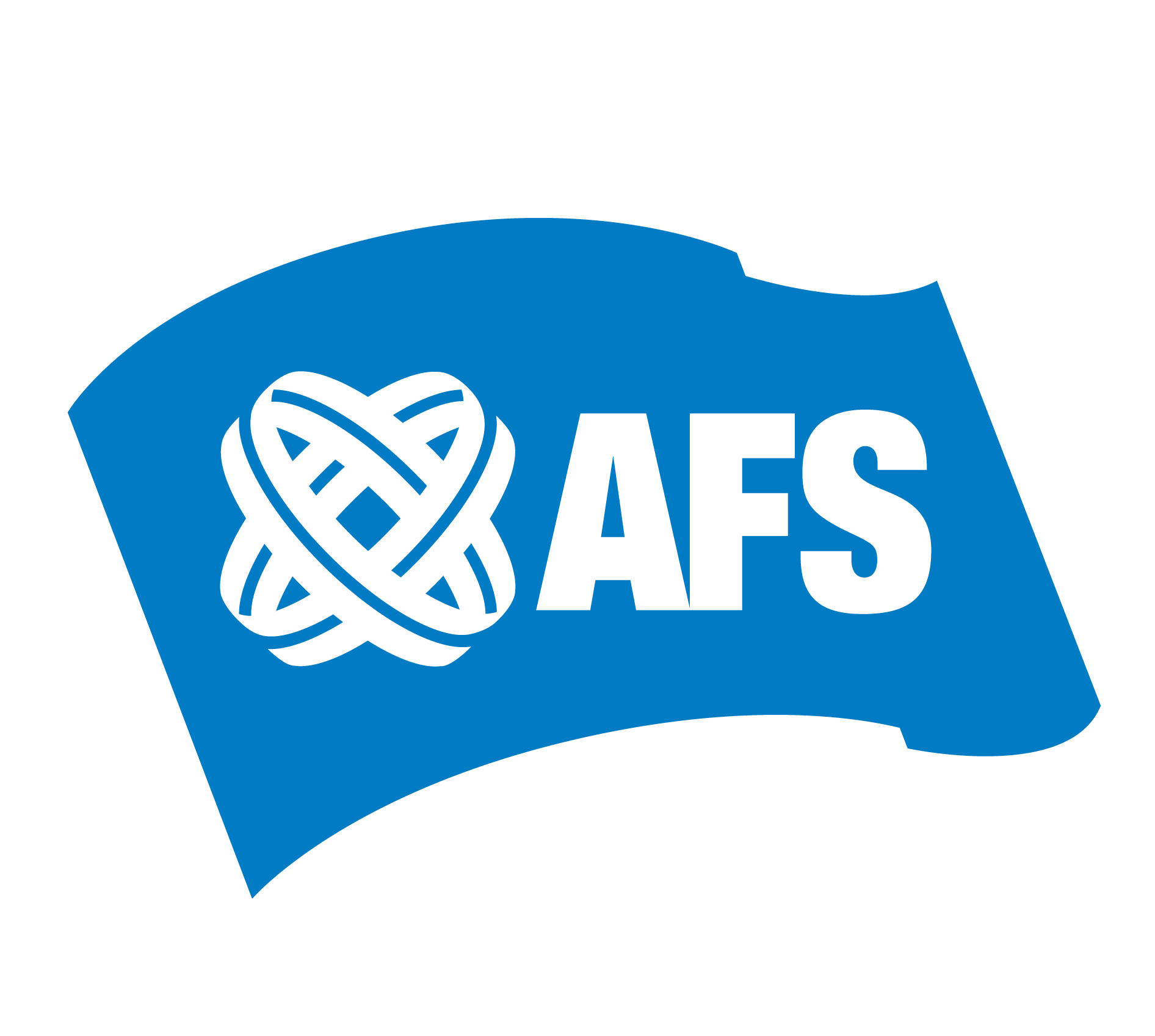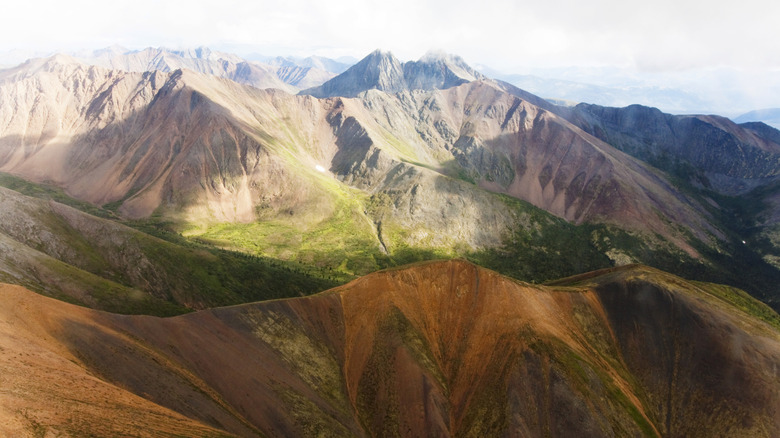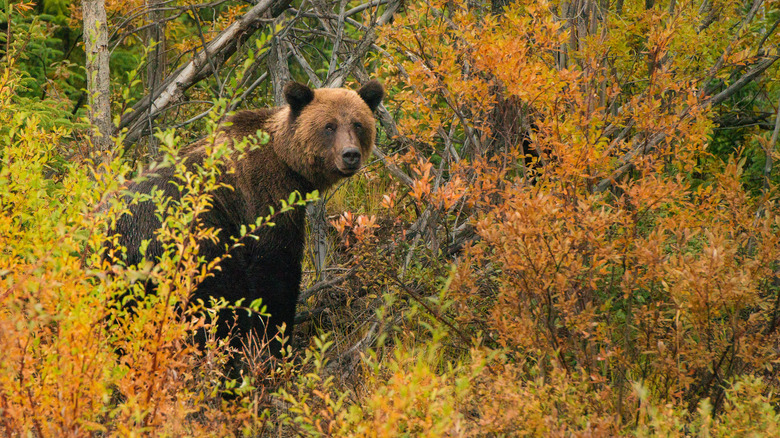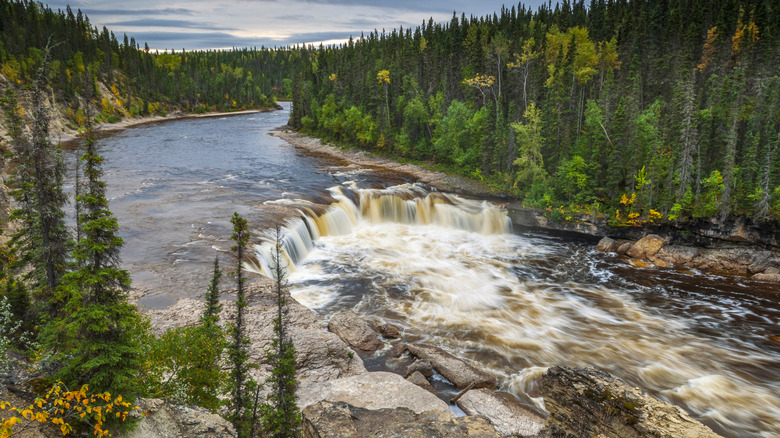Desolate and wild, Canada’s northwestern region spans hundreds of thousands of untouched square miles. Salient mountains fortify the forests, thundering rivers thrash through the brush, and an arduous trail snakes through its remotest regions. The Canol Heritage Trail, one of the most difficult treks to be found in all of North America, traverses 220 miles of the rough country covering the expansive tract between the Northwest Territories and the Yukon. Only a few travelers a year attempt the trek, taking weeks to battle the blistering conditions.
These resilient adventurers don’t only face the trail for its famed ferocity: the Canol Heritage Trail is a historic landmark, a tribute to the sacrifices of World War II, and a passage into extraordinary and rarely-sighted landscapes. The historic trek through the breathtaking wilderness of northern Canada was inspired by a 1942 construction project. The U.S. feared a Japanese attack on Alaska during the war, and ordered the construction of the Canadian Oil (canol) project to shore up supply lines. With two years of grueling labor, 30,000 soldiers, and $134,000,000 of investment, the U.S. Army constructed an oil pipeline that ran across the mountains to MacMillan Pass.
When the war ended a year later and the project was sold for scraps, its residue left to meld into the forest growth over the decades. However, the Canol Heritage Trail still pays homage to the achievement of the soldiers willing to face the treacherous conditions of the Northwest Territories. On the trek, you’ll spot wartime remnants still left on the side of the trail, ever-present reminders of the history of the remote span of wilderness.
Make safety a priority when planning to hike one of the longest, toughest trails in all of North America
Before you consider trekking the Canol Heritage Trail, you should heed the warning given to its WWII-era recruits: “this is no picnic.” The original job posting from the 1940s warned that “temperatures will range from 90 degrees above zero to 70 degrees below zero.” Men sent to construct the northern pipeline were told they “will have to fight swamps, rivers, ice, and cold” and that “mosquitoes, flies, and gnats will not only be annoying but will cause bodily harm.” The conditions haven’t changed considerably since then. Contemporary hikers warn travelers of similar challenges, including dangerous river crossings, hostile animals, and hypothermia.
There are a number of safety and preparedness conditions you’ll need to heed if you’re hoping to hike this trail. It typically takes anywhere from 14 to 22 days to complete the trek, and it is only advisable for experienced and very physically fit hikers. Most of the trail traverses extremely remote territory but there are nine emergency shelters found along the trail. You should mark their locations down from the official Northwest Territories Park Service information before departing. To minimize the risk of adverse conditions, travel between May and September, but still expect extreme climes that change day-to-day.
You won’t find any services on route, so you’ll need to carry all of your food with you or arrange food drops to be made by aircraft. Grizzlies and black bears frequent the trail too, so you’re almost guaranteed to see a bear. Follow bear safety guidance strictly, particularly when storing your food at night in the dangerous camping destinations you may stop in on the backcountry route.




